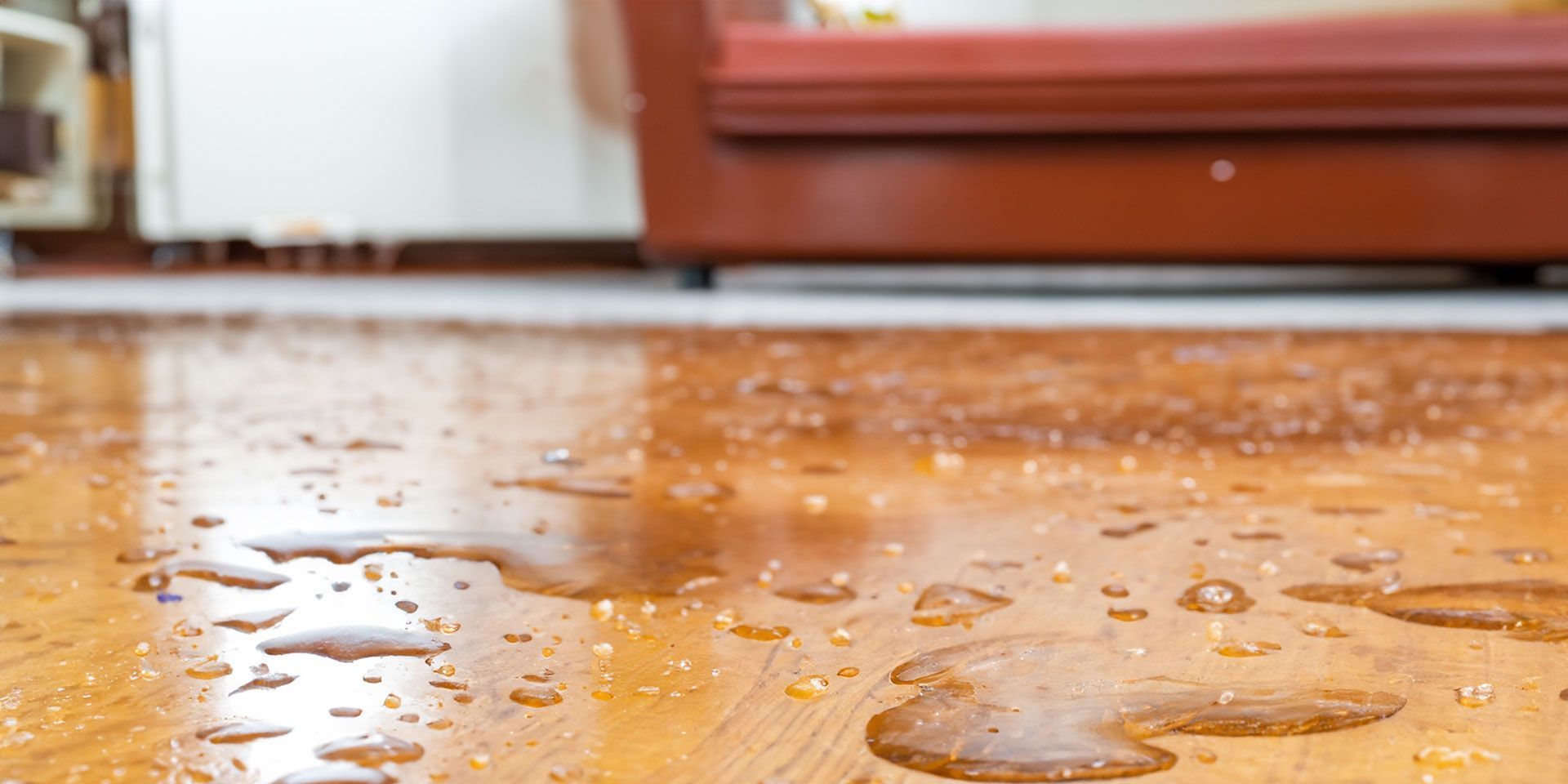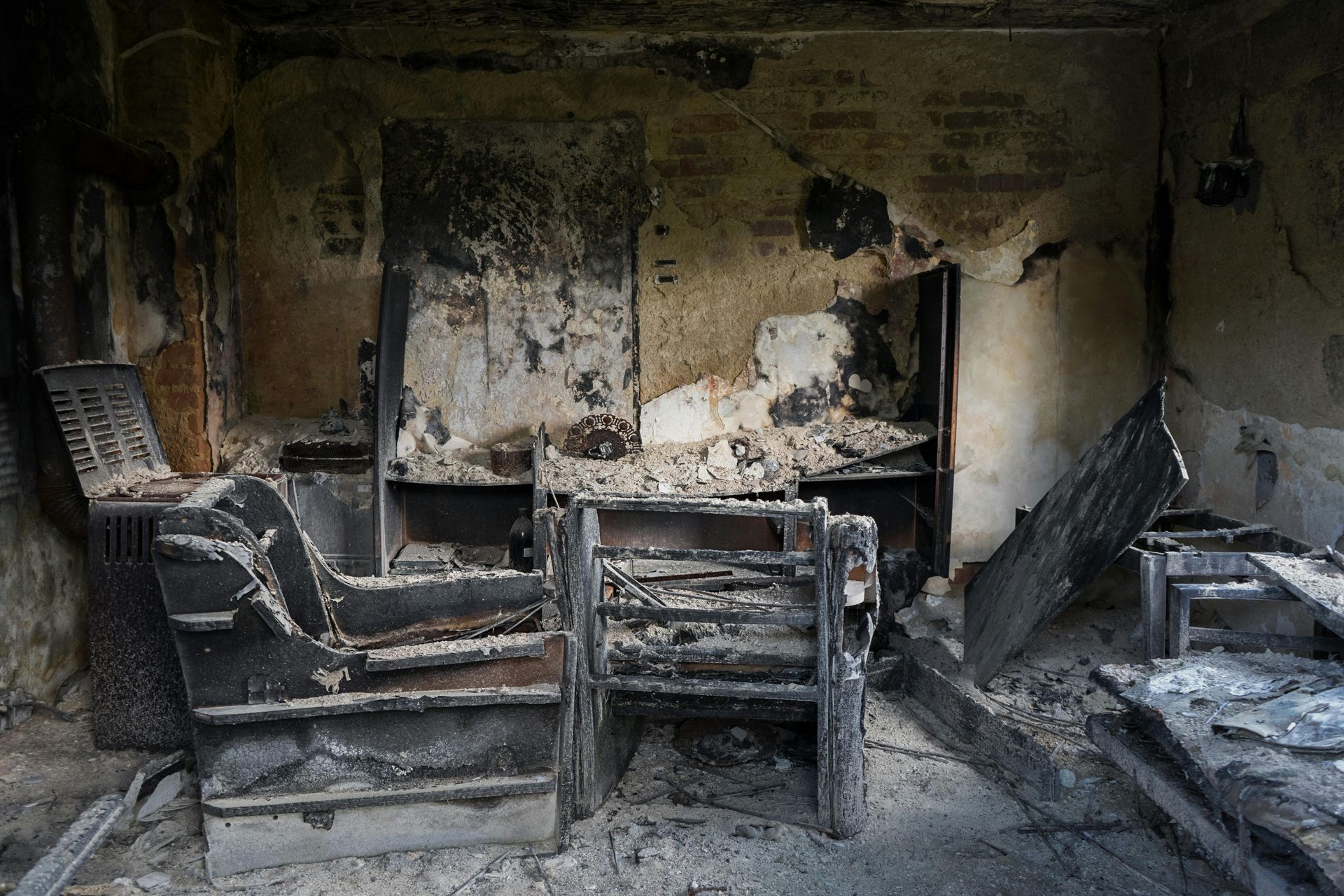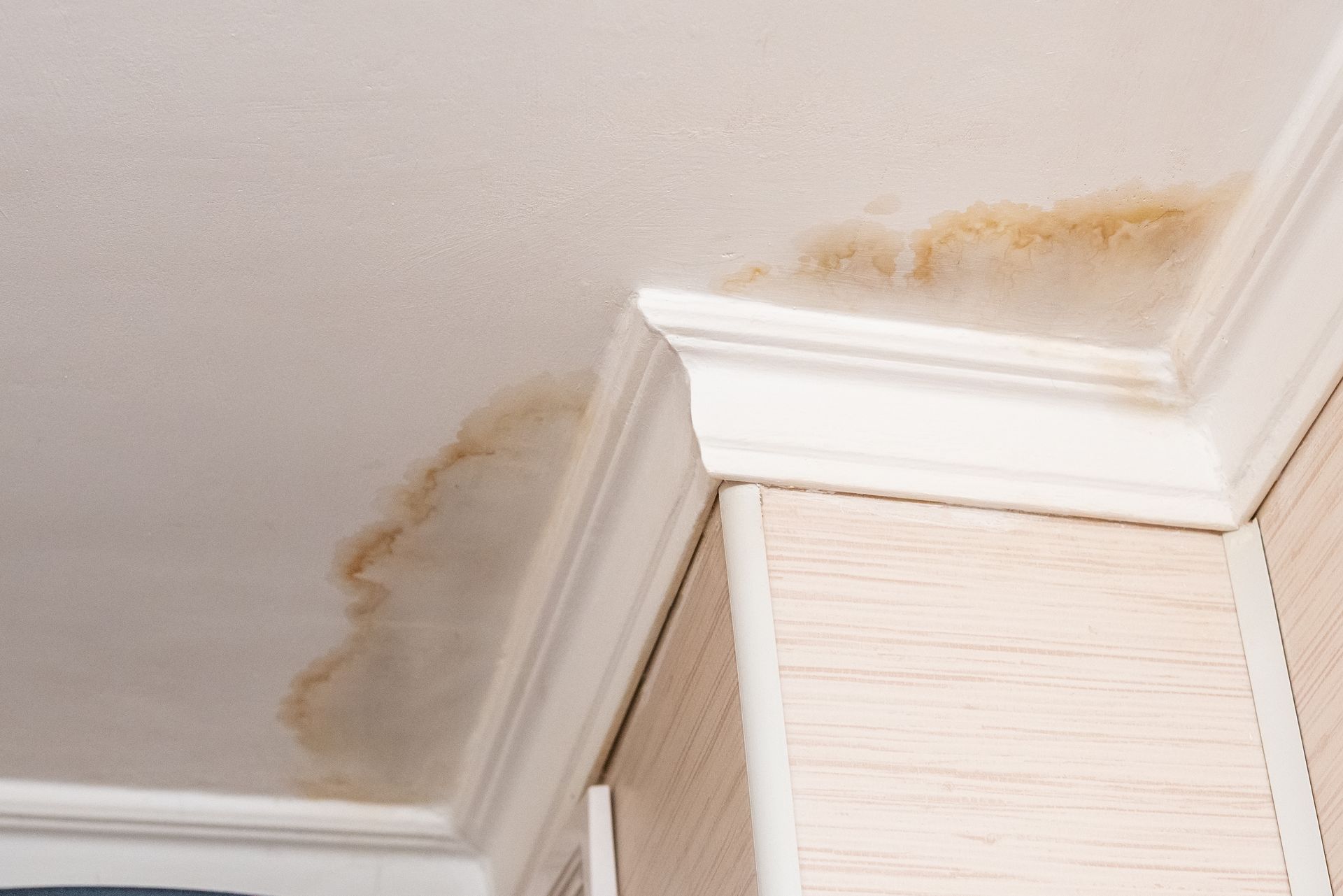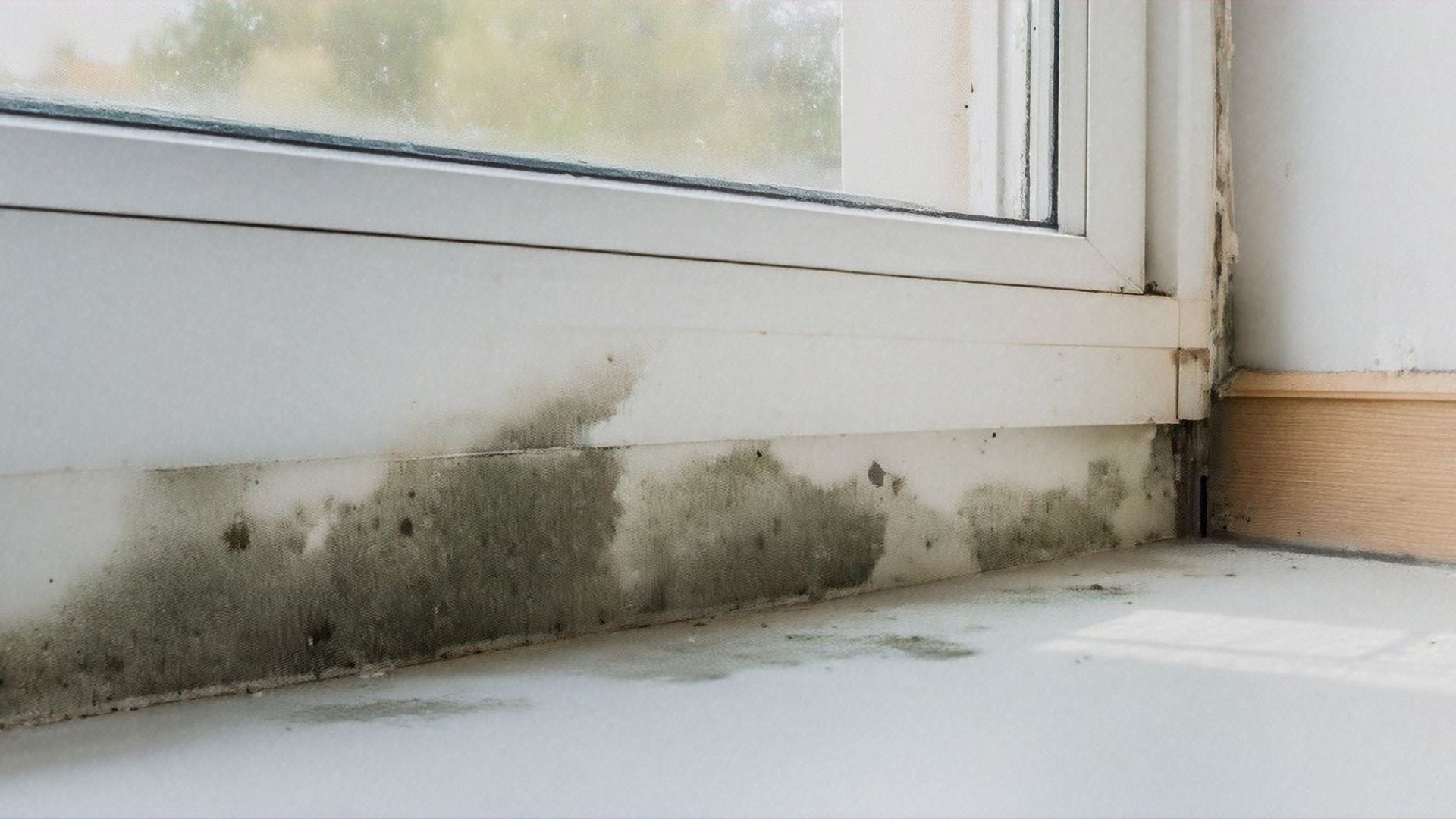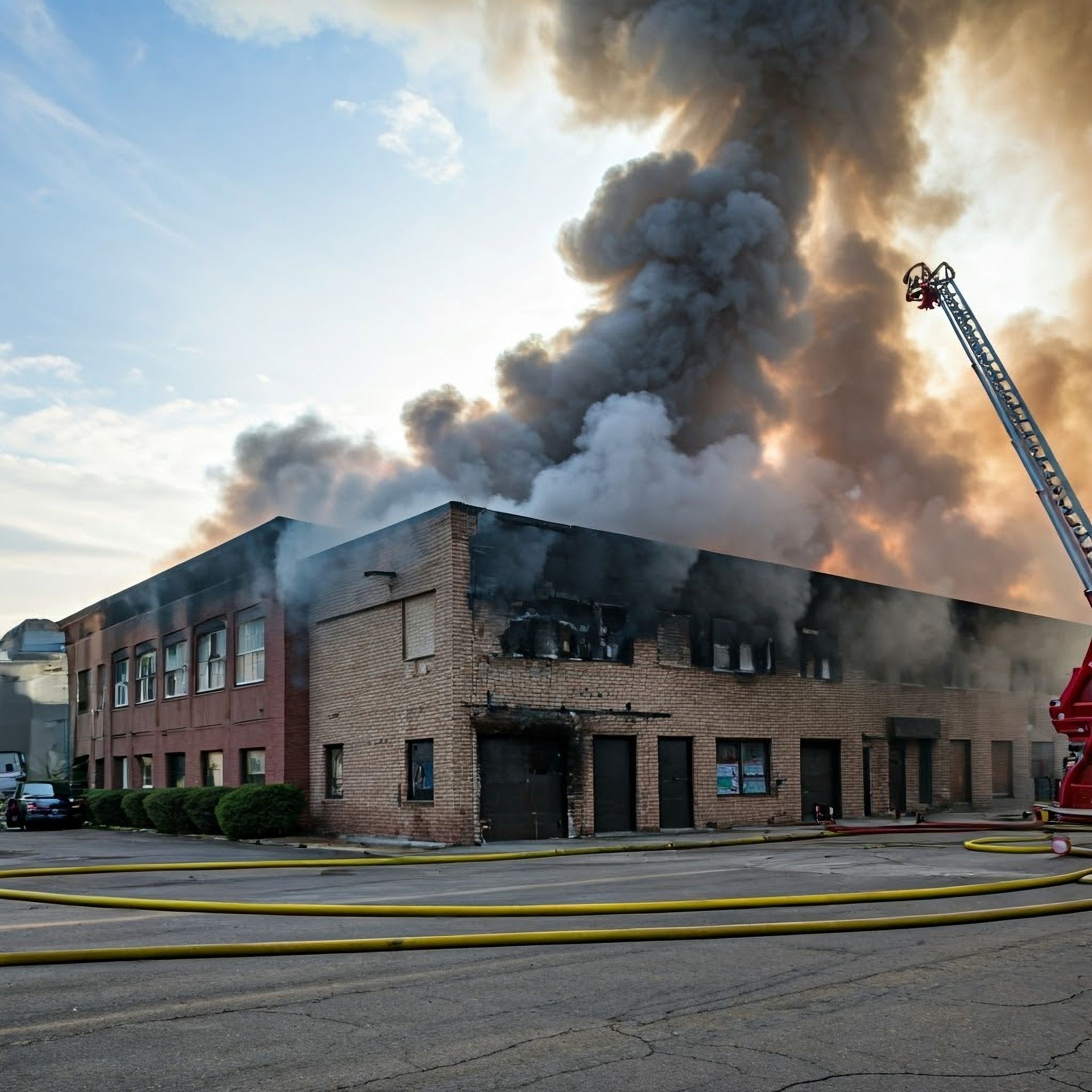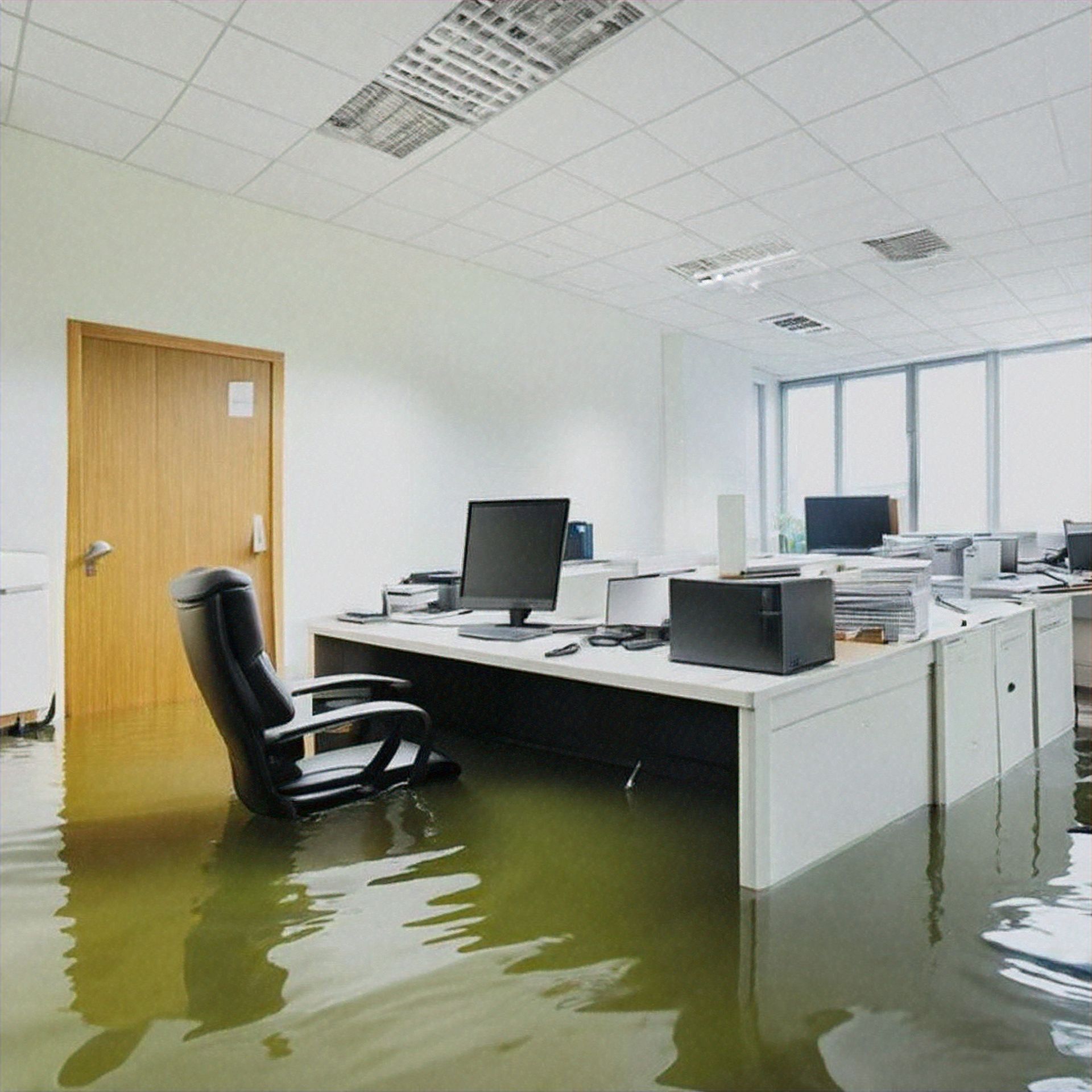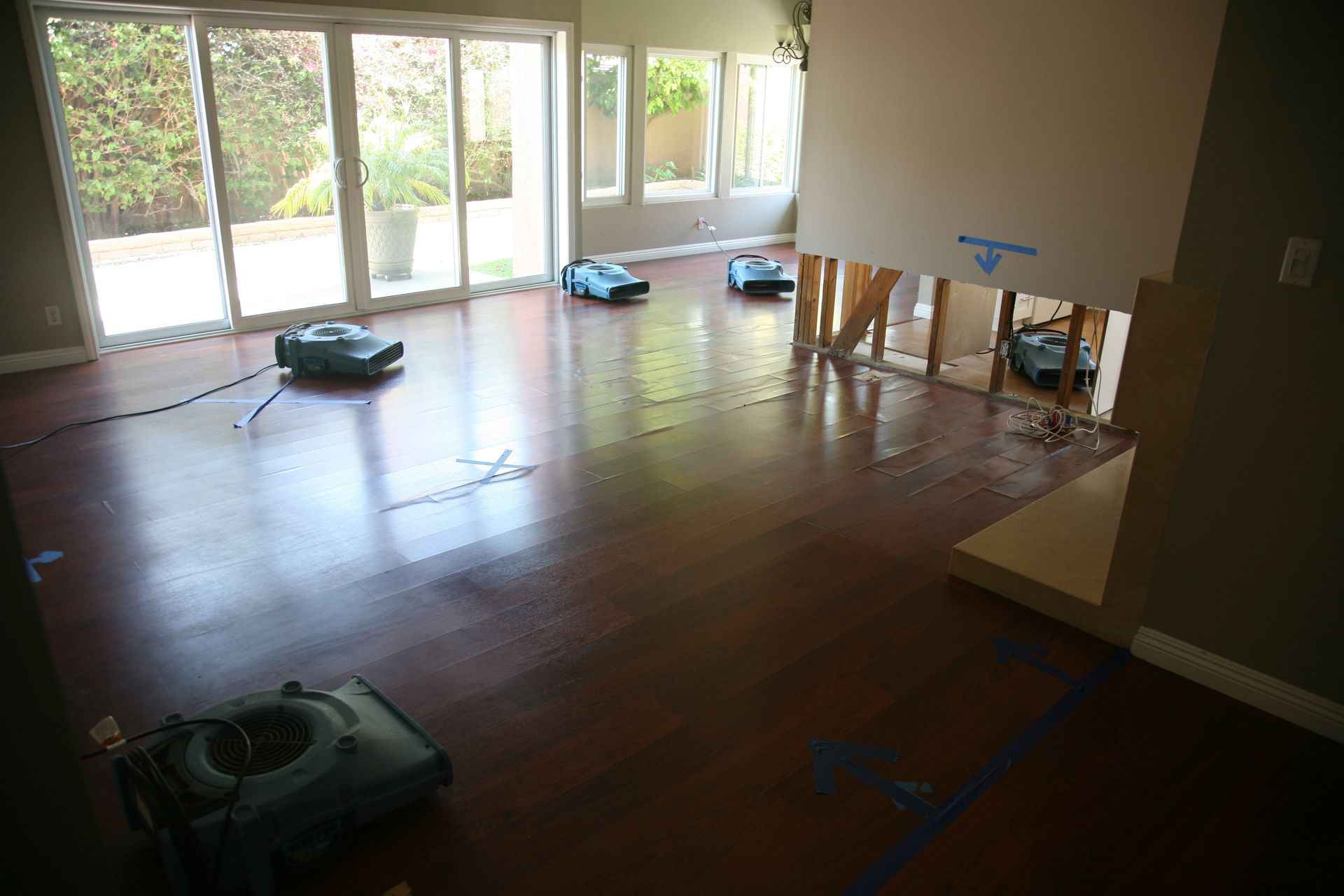The Importance of Immediate Water Extraction After a Flood
The Importance of Immediate Water Extraction After a Flood
Spring in Evansville, Indiana and the surrounding Tri-State area brings renewal and growth, but also presents unique challenges for homeowners. As winter's grip loosens, the region experiences a dramatic shift in weather patterns that often leads to significant water-related issues. The Ohio River Valley's spring climate—characterized by heavy rainfall, rapid temperature fluctuations, and the occasional severe storm system—creates perfect conditions for flooding events that can devastate properties without proper preparation and response.
Spring Weather Patterns in the Tri-State Area
Evansville's position along the Ohio River makes it particularly vulnerable to spring flooding. From March through May, the region typically experiences:
- Average rainfall of 4-5 inches per month, often coming in concentrated downpours
- The confluence of melting winter snow from northern regions flowing downstream
- Thunderstorm systems that can dump several inches of rain in just hours
- Flash flooding in areas where urban development has reduced natural drainage
- Rising river levels that can affect properties even away from the immediate riverfront
Nearby communities like Newburgh, Henderson, Boonville, and Princeton face similar challenges, with local topography sometimes intensifying flooding in specific neighborhoods. This regional weather reality means that water damage preparedness isn't just prudent—it's essential for property owners throughout southwestern Indiana and the broader Tri-State area.
How Spring Weather Creates Unique Flooding Risks
The particular characteristics of Evansville's spring weather create flooding scenarios that differ from other seasons:
Saturated Ground Conditions
After winter, the soil throughout the region is often already saturated, which means even moderate rainfall can't be absorbed. This leads to immediate runoff and pooling around foundations, overwhelming drainage systems that might adequately handle the same amount of rain during drier seasons.
Snow Melt and River Dynamics
While Evansville itself may not receive extensive snowfall, the Ohio River watershed extends far to the north and east. Spring snowmelt from these regions flows into the river system, raising water levels throughout the Ohio Valley. This can create backflow issues in tributary streams and drainage systems even without local precipitation.
Rapid Temperature Fluctuations
The spring transition brings rapid temperature changes that can create freeze-thaw cycles in plumbing systems, sometimes leading to burst pipes when a cold snap follows warmer days. These indoor flooding events can be particularly damaging as they often occur without warning and may continue undetected in vacant areas of homes or businesses.
Storm Systems and Wind Damage
Spring storms in the region frequently combine heavy rainfall with strong winds, which can damage roofing materials and create entry points for water. This combination of wind and water damage presents particularly complex restoration challenges that require comprehensive response strategies.
The Cascading Timeline of Water Damage
What makes immediate water extraction so critical is the speed at which damage escalates after a flooding event. The timeline of destruction begins immediately and accelerates with each passing hour:
First Hour:
- Water rapidly migrates through porous building materials
- Furniture finishes release dyes that can permanently stain carpets and upholstery
- Electrical systems may short circuit, creating safety hazards
- Personal belongings begin absorbing moisture
First 24 Hours:
- Drywall starts to bulge and break down
- Wood floors begin to warp and buckle
- Metal surfaces tarnish and corrode
- Musty odors appear as microbial growth begins
- Structural wood swells and joints may weaken
48 to 72 Hours:
- Mold colonies become visible on surfaces
- Wood saturation causes splitting and irreversible damage
- Metal fasteners begin to rust, compromising structural connections
- Salvageability of contents decreases dramatically
- Health risks from microbial exposure increase substantially
One Week and Beyond:
- Structural damage may require major reconstruction
- Mold remediation becomes more complex and costly
- Property value can be significantly impacted
- Insurance complications may arise from delayed response
This accelerating timeline demonstrates why Evansville area residents can't afford to delay when facing water intrusion, particularly during the challenging spring months.
The Comprehensive Approach to Water Damage
Effective water damage mitigation in Evansville's spring conditions requires much more than simply removing visible water. A methodical approach includes:
1. Rapid Response Assessment
Professional evaluation identifies the water source, contamination level, and affected materials to develop an appropriate extraction strategy.
2. Advanced Extraction Techniques
Industrial-grade equipment removes water from all affected areas, including hidden pockets in wall cavities, under flooring, and in building crevices that DIY approaches might miss.
3. Scientific Drying Protocols
Strategic placement of air movers and dehumidifiers creates an environment that accelerates evaporation while controlling humidity to prevent secondary damage.
4. Continuous Monitoring
Regular moisture measurements throughout the drying process ensure that progress is ongoing and adjustments can be made as needed.
5. Sanitization and Odor Control
Antimicrobial treatments prevent microbial growth while deodorization techniques address both current and potential odor issues.
6. Restoration Planning
Development of a comprehensive plan to return the property to pre-loss condition, taking into account both immediate needs and long-term structural integrity.
Preparing for Evansville's Spring Flooding Seasons
For homeowners in the Evansville region, preparation can significantly reduce the impact of spring flooding events:
- Clear gutters and downspouts before the rainy season begins
- Inspect sump pumps and battery backups in early February
- Consider installing water detection sensors in flood-prone areas of your home
- Review insurance coverage specifically for flood and water damage
- Create a family emergency plan that includes water intrusion scenarios
- Maintain a relationship with a reputable restoration company before emergencies arise
Conclusion: When Minutes Matter
The unique challenges of spring weather in Evansville and the surrounding areas make professional water extraction not just a convenience but a necessity. The combination of saturated ground conditions, river dynamics, and intense rainfall events creates flooding scenarios that can quickly overwhelm properties without immediate, professional response.
When water invades your home or business, the clock starts ticking on a timeline of escalating damage. Every minute water remains in contact with your property increases restoration costs and complexity while decreasing the salvageability of your belongings and building materials.
By understanding the critical importance of immediate water extraction—particularly during Evansville's challenging spring season—property owners can make informed decisions that protect their investments and provide peace of mind when facing the region's inevitable water-related challenges.
For immediate water extraction and comprehensive restoration services throughout the Evansville region, contact the professionals at Restoration 1 today. Our 24/7 emergency response team stands ready to protect your property when every minute matters.
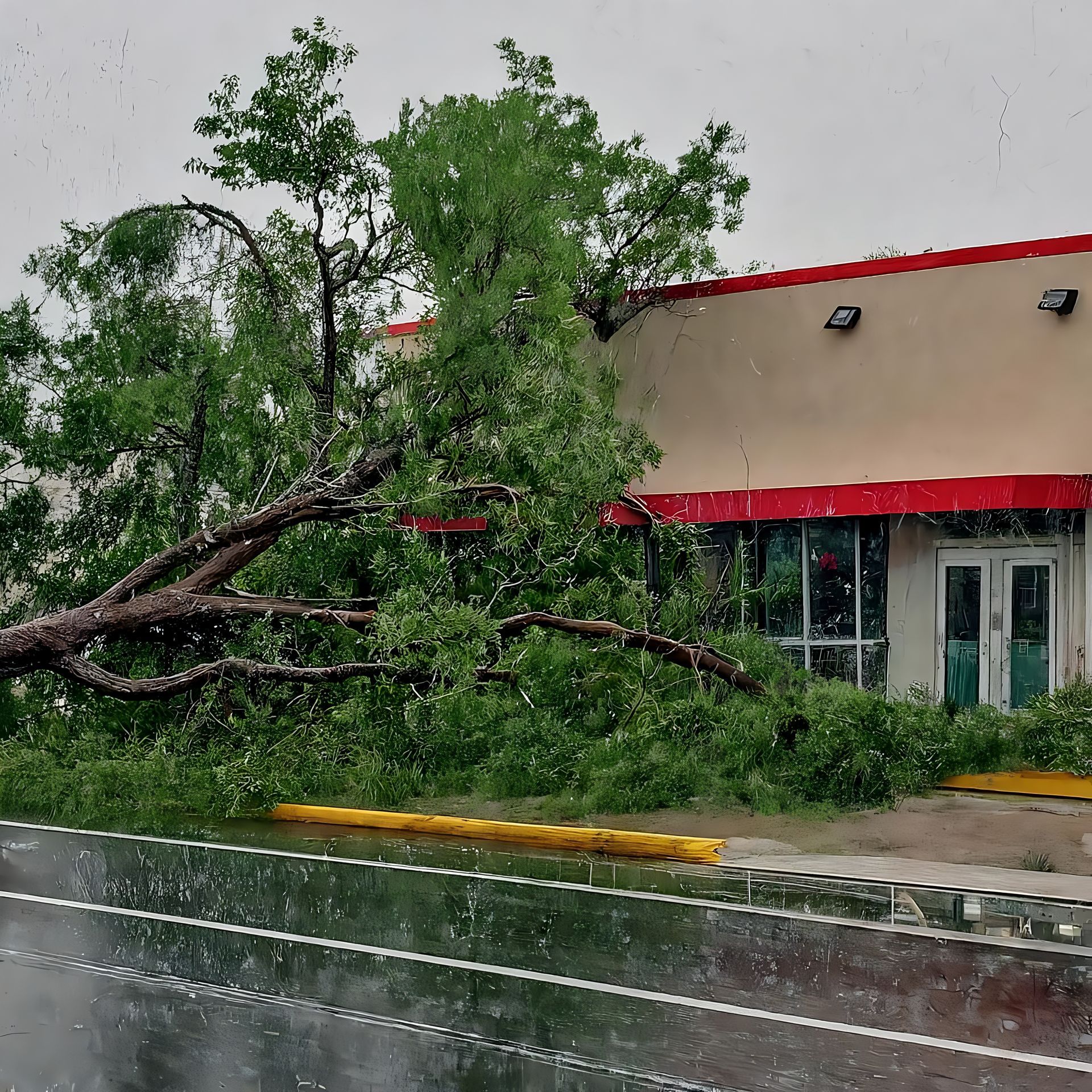
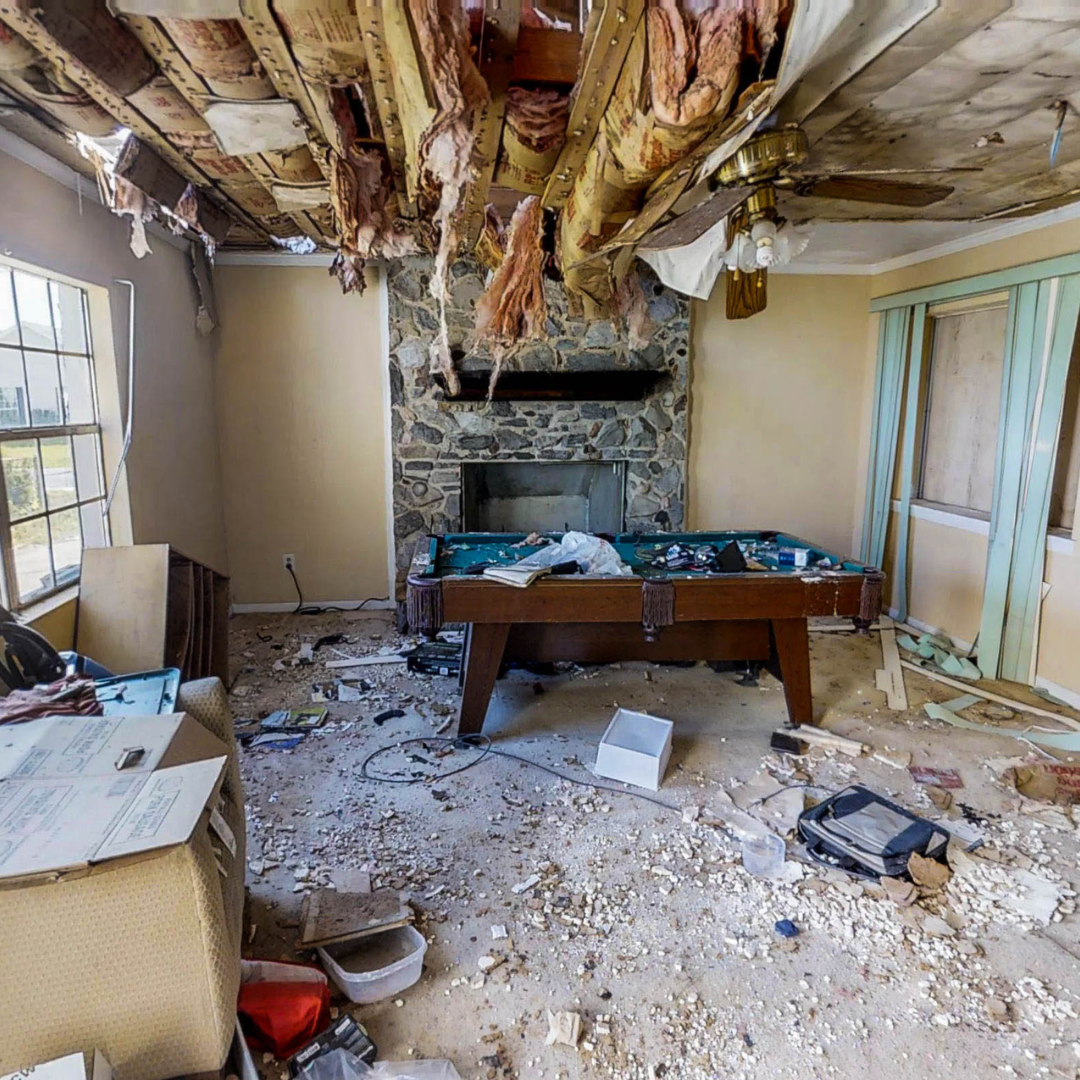
The Essential Guide to Professional Storm Damage Restoration: Why You Need Experts for Fast Recovery

Commercial Storm Damage Recovery in Evansville: Protecting Your Business When Severe Weather Strikes

Proudly Serving the following areas
- Evansville, IN
- Henderson, KY
- Jasper, IN
- Vincennes, IN
- Owensboro, KY
Contact Us
24/7
Emergency Services

